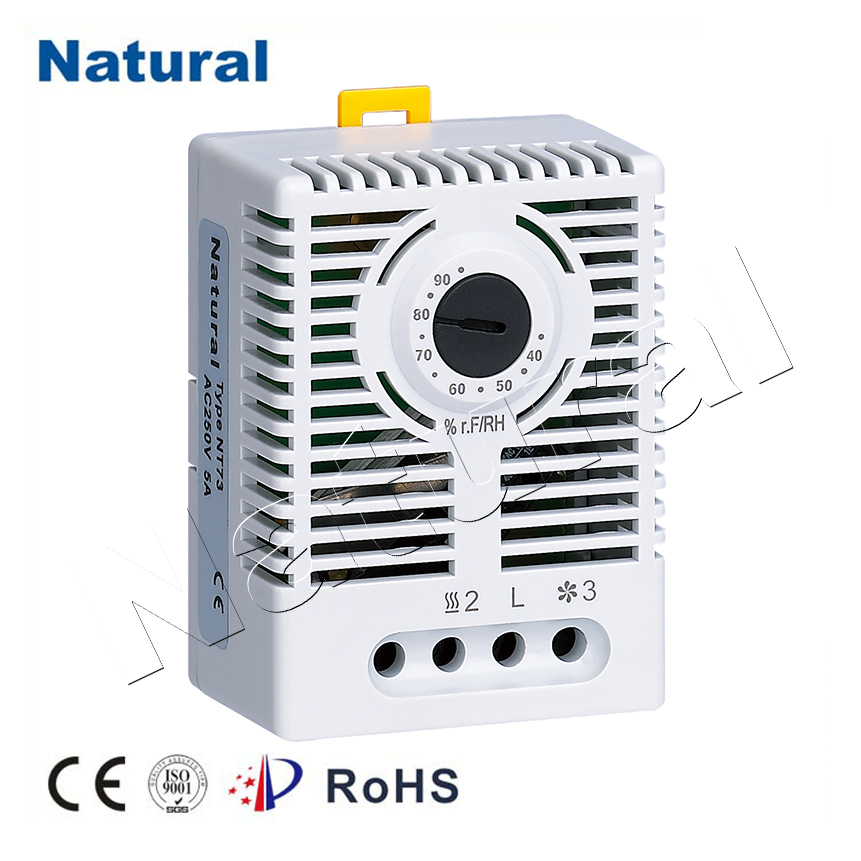Introduction

In the ever-advancing world of technology, where smart devices and automation dominate, there’s still a place for the tried-and-true mechanical solutions. One such example is the mechanical hygrostat, a humble yet effective tool for regulating humidity in various environments. In this article, we’ll delve into the mechanics and applications of the mechanical hygrostat, highlighting its simplicity, reliability, and enduring relevance. The Basics of Mechanical Hygrostats A mechanical hygrostat operates on the principles of changes in humidity causing mechanical expansion and contraction of materials. Unlike its electronic counterparts, which rely on sensors and complex algorithms, the mechanical hygrostat uses fundamental physical properties to achieve its goal. At the heart of this device lies a moisture-sensitive material that swells as humidity increases and contracts as humidity decreases. How It Works The mechanical hygrostat typically consists of a moisture-sensitive material attached to a lever mechanism. As the humidity rises, the material expands, causing the lever to move. This movement can be calibrated to trigger specific actions, such as activating a fan or closing a vent. Conversely, as humidity decreases, the material contracts, leading to a different lever position and reversing the triggered action. This simple yet ingenious mechanism allows for automatic humidity control without the need for external power or digital interfaces. Applications Mechanical hygrostats find their applications in a wide range of industries and settings. One of their primary uses is in agriculture, where they regulate the humidity levels in greenhouses. These devices help ensure optimal conditions for plant growth by preventing excessive moisture buildup that could lead to mold or disease. Additionally, mechanical hygrostats are employed in industrial settings, such as manufacturing facilities, to maintain specific humidity levels for processes that are sensitive to moisture variations. In the realm of home comfort, mechanical hygrostats are commonly found in older HVAC systems. They play a vital role in controlling indoor humidity, helping to prevent issues like condensation on windows and mold growth. In this context, the mechanical hygrostat’s reliability shines through, as it continues to function without the potential glitches or malfunctions that can affect electronic systems. Advantages and Limitations The simplicity of mechanical hygrostats comes with both advantages and limitations. On the positive side, their lack of reliance on electrical components means they are less prone to failure due to power outages or electronic malfunctions. They are also cost-effective and easy to install, making them a preferred choice in certain applications. However, mechanical hygrostats are not without their limitations. They may lack the precision and customization options offered by digital alternatives. Fine-tuning the desired humidity setpoints can be a bit more challenging, and they may not be suitable for extremely sensitive environments where precise humidity control is paramount. Conclusion In a world captivated by the allure of cutting-edge technology, the mechanical hygrostat stands as a reminder that simple and reliable solutions still hold their ground. Its ingenious design, rooted in fundamental physical principles, continues to find relevance in various industries and settings. While electronic devices may be at the forefront of humidity regulation, the mechanical hygrostat’s enduring presence is a testament to its time-tested effectiveness. So, the next time you encounter one of these unassuming devices quietly working to maintain a balanced environment, take a moment to appreciate the beauty of mechanical simplicity in a complex world.